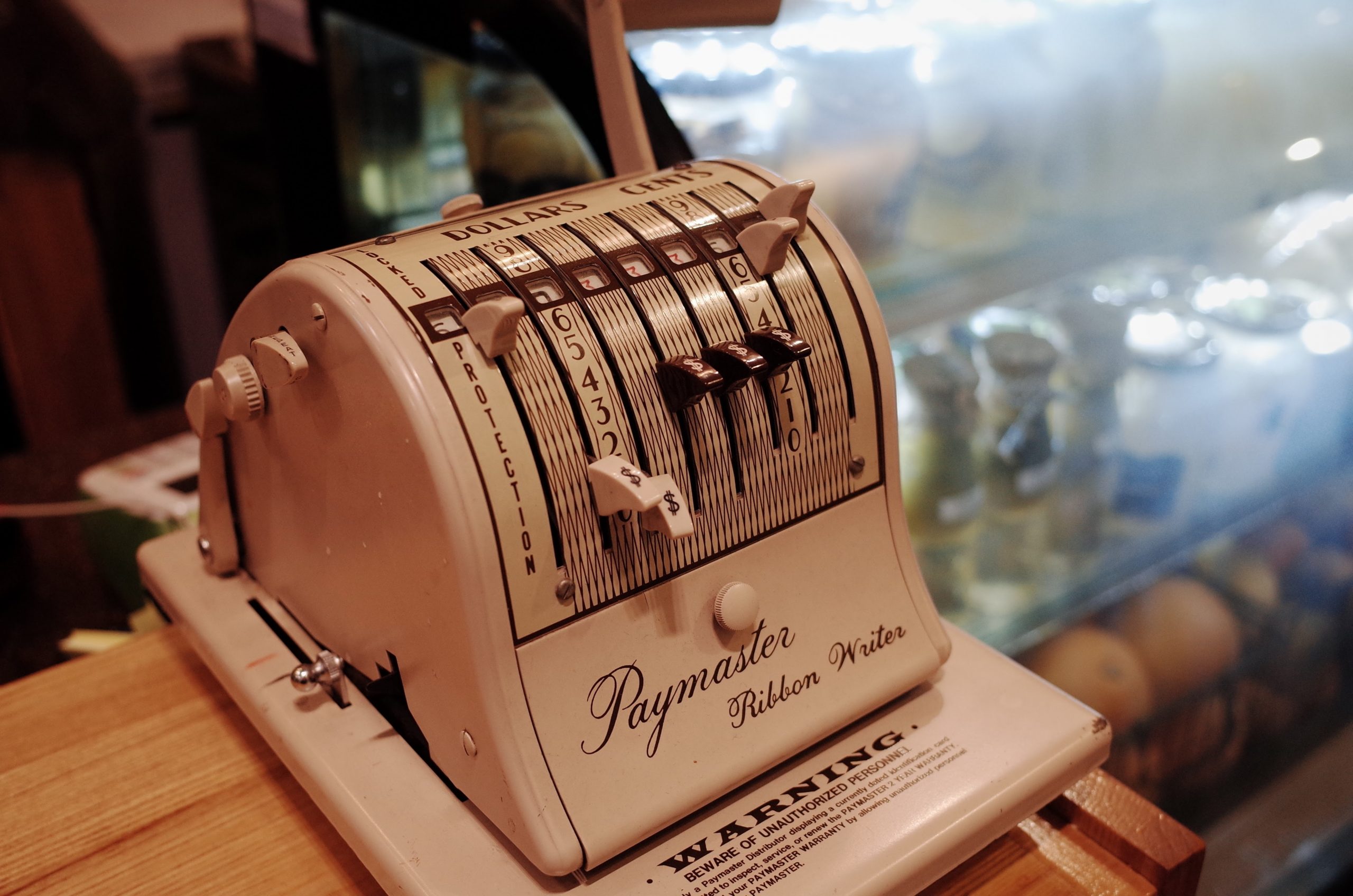Should you refinance your home mortgage now?
Mortgage refinance is hot right now, and for good reason. Mortgage interest rates are at historic lows, so there may be an opportunity to reduce your monthly payment significantly.
The process
The mortgage refinance process is replacement of your current mortgage with a new one at a lower interest rate, resulting in a lower monthly payment.
The process for getting your home mortgage refinanced is similar to the process you went through to get a mortgage when you bought your home:
- You will apply for a mortgage and provide supporting paperwork such as pay stubs, W-2s, bank statements, etc.
- A home appraiser will visit the home to look at its condition and estimate the current value.
- An underwriter will review all your documents and the appraisal to approve the loan.
- Your attorney will perform title research and prepare paperwork for you to sign at closing.
FHA Streamline and VA Interest Rate Reduction Loans are especially easy. These refinance loans do not require a new appraisal of the property. Therefore, they greatly reduce the amount of supporting paperwork that is required. You should discuss these loan options with your lender if you currently have a VA or FHA mortgage.
Choosing a lender – rates, costs, and people
You don’t have to refinance with the same lender you used to finance the purchase of your home. You can shop around and compare interest rates. While a super low rate is nice, you should also consider the closing costs and the people you will work with through the process.
Closing costs
Closing costs usually include attorney fees, title insurance, lender fees, appraisal fees (not needed on the special VA and FHA refinances noted above), and miscellaneous additional costs like government recording fees. Some of these fees vary from lender to lender. Your attorney fee will depend on the attorney you choose. You will receive a document that details all these costs when you apply.
Closing costs are typically “rolled in” or added to the loan amount when you refinance so you don’t have to pay any cash out of your pocket to refinance. You may also have the option for a “no closing cost” refinance – the lender charges a higher interest rate in order to pay the closing costs for you. No closing cost refinances benefit you in that your loan balance does not increase during the refinance, but the reduction in your monthly payment may not be as much as it otherwise could be.
The people
You should also consider the people you will work with when deciding on a lender. You will probably talk with your lender’s Loan Officer a lot during the refinance process. Make sure you work with someone you like talking with, who will keep you informed along the way, and who is responsive to your calls. Consider working with a local Loan Officer who you can meet with in person if you want or need to.
Deciding to refinance
When you consider a refinance it is important to look at the costs and the benefits. Costs are the closing costs (if any) of the new loan. The benefit is the reduced monthly payment. You may want to look at the ‘break-even” point – divide the closing costs by the reduction in your monthly payment to determine how many months of reduced payments it takes to pay for the closing costs. If you plan to sell your home in the near future the break-even may be too many months away to justify a refinance. If you expect to be in the home for many years to come, chances are the refinance will be justified.
Refinance Summary
Today’s low interest rates have many homeowners considering refinance of their mortgage. The process is similar to the process for getting a mortgage to purchase a home. Get rates and costs from a lender you would like to work with and calculate the break-even point to help decide if a refinance is right for you.
NMLS #: 1476135
- Contact Steven







Leave a Reply